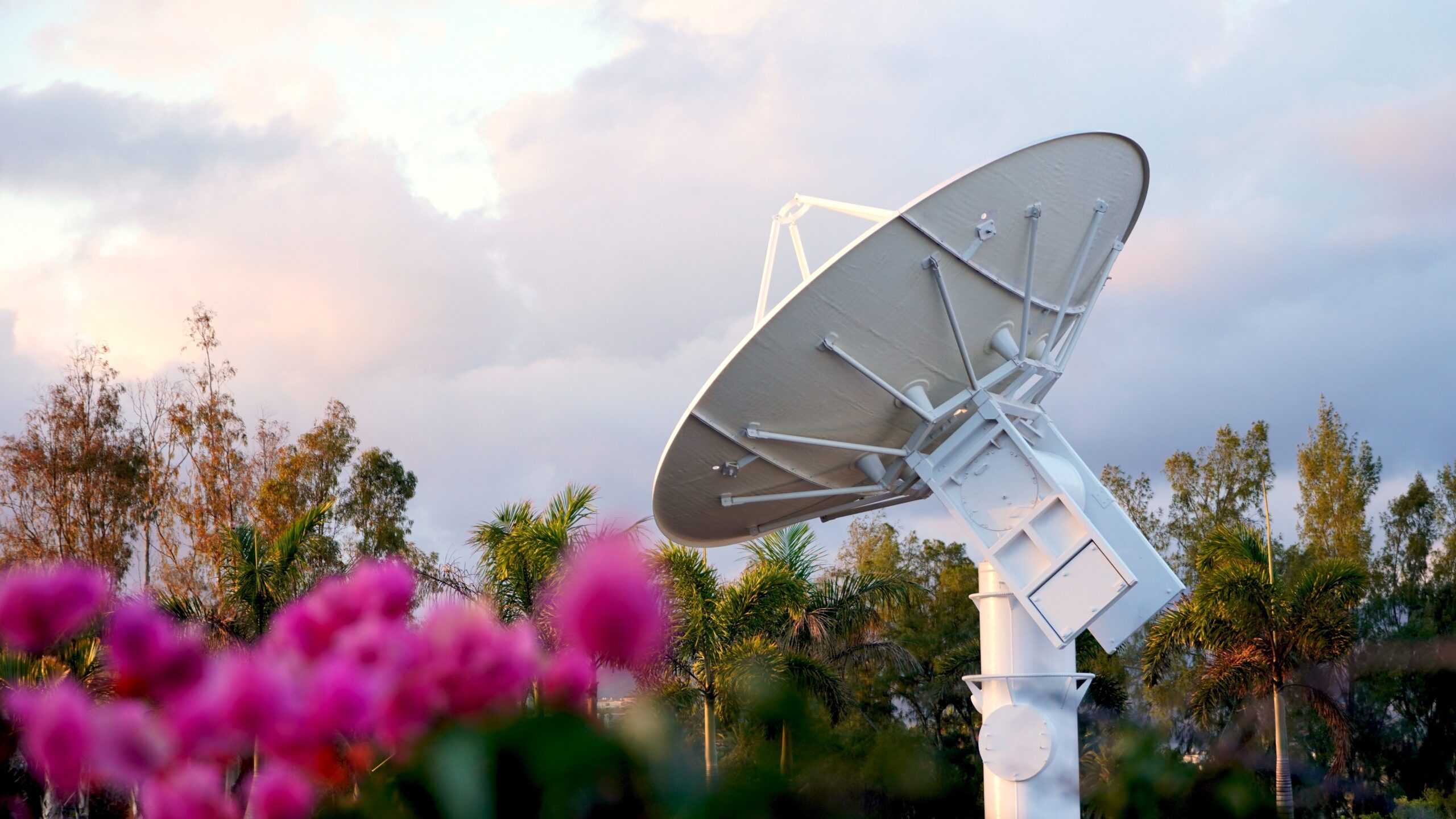Communication test sets require regular calibration to maintain accuracy and prevent measurement drift. You’ll need to document requirements, perform proper connections to reference standards, and verify RF parameters across all bands.
Uncalibrated equipment leads to unreliable results, network issues, and customer dissatisfaction. Clean connectors, allow warm-up time, and keep detailed calibration records. Professional, accredited calibration services minimize downtime while maximizing performance. The following steps will equip you with essential calibration knowledge.
Understanding Communication Test Sets and Their Role
While many telecommunications professionals encounter them daily, communication test sets remain some of the most critical yet underappreciated equipment in the industry. These sophisticated measurement instruments verify that wireless devices, radio components, and other communication equipment function according to specifications.
As a telecom provider or engineer, you’ll rely on these electronic instruments to diagnose issues, authenticate performance, and safeguard compliance with industry standards. Modern communications test sets can analyze everything from basic signal parameters to complex modulation schemes used in today’s wireless technology.
When these crucial tools fall out of specification, your measurements become unreliable. That’s why regular calibration services are essential—they assure your radio test instruments deliver accurate results that keep telecom networks functioning ideally and customers satisfied.
The Necessity of Regular Calibration for Communication Test Sets
Because even the most advanced communication test sets gradually drift from their original specifications, regular calibration becomes non-negotiable for telecommunications professionals. Your fiber optic testing equipment requires consistent precision measurements to maintain network reliability and meet strict industry standards.
When you entrust your radio test solution to professional calibration services like EML Calibration, you’re ensuring your communications test solution delivers accurate measurements every time. Their ISO 17025 accredited technicians verify that your measurement solutions perform within manufacturer specifications, preventing costly errors that impact customer satisfaction.
Remember that uncalibrated equipment can lead to false passes or failures, compromising your system integrity. With over 25 years of experience, EML Calibration’s on-site services minimize downtime while maximizing your equipment’s performance and longevity.
Preparing for Calibration: Key Considerations
Proper preparation before sending your communication test sets for calibration can greatly improve the process efficiency and results. Start by documenting your requirement analysis based on manufacturers specifications and the need for traceable measurements. Choose an accredited service provider like EML Calibration that offers convenient calibration options, including on-site services.
Guarantee your equipment undergoes commissioning tests before calibration to identify any existing issues. Remove old calibration stickers and clean connectors thoroughly. For accurate calibration results, allow sufficient warm-up time in a stable environment. Consider accelerated calibration services if downtime is a concern.
Remember that regular calibration not only verifies compliance but improves your overall customer experience by maintaining reliable test results. Document all pre-calibration conditions for comparison with post-calibration performance.
Step-by-Step Guide to Calibrating Communication Test Sets
Once you’ve adequately prepared your test equipment, following a systematic calibration procedure guarantees precise measurement accuracy and dependability. Start by connecting your communication test sets to appropriate reference standards, ascertaining all cables are properly torqued and secured.
First, calibrate RF signal parameters using spectrum analyzers with traceable references. Next, verify power levels across all frequency bands. For fiber optic testing components, use specialized calibration services that meet ISO/IEC 17025 accreditation standards.
Document each step meticulously, recording before and after measurements. This verification process ensures quality of service in your telecommunications testing. Many organizations prefer on-site calibration to minimize equipment downtime. Regardless of location, ensure your test equipment calibration includes complete traceability documentation that validates all measurements against national standards.
Troubleshooting Common Calibration Issues
Numerous calibration challenges can emerge during communication test set maintenance, even with proper preparation. When your digital radio test set displays erratic power measurements, check for RF leakage or damaged cables.
Protocol analyzers often experience timing issues due to oscillator drift, requiring recalibration of the reference clock. If you notice inconsistent readings during antenna analysis, inspect connector wear and verify proper torquing.
Channel analyzer and interference analysis problems typically stem from environmental factors—keep equipment away from strong RF sources. Distortion analyzers may show inaccurate signal quality measurements when internal filters need cleaning or adjustment.
Verifying Calibration Results and Maintaining Records
After resolving calibration issues, the verification phase becomes your next key responsibility. You’ll need to conduct thorough testing to confirm your communication test sets deliver accurate measurements. Document all results, including reference values, measured values, and uncertainties that meet accreditation body standards.
Modern fiber optic testing requires detailed post-calibration verification to guarantee network performance isn’t compromised. When working with optic test equipment, create comprehensive records showing traceability to national standards. These records should include calibration dates, technician information, and verification results.
Consider partnering with professional electronic calibration services like EML Calibration, who offer a range of calibration services to address your fiber optic testing needs. Their ISO/IEC 17025:2017 accreditation ensures your documentation meets industry compliance requirements while maintaining audit-ready records.
Choosing Between Professional and In-House Calibration
When evaluating calibration options for your communication test sets, you’ll face a critical decision between professional services and developing in-house capabilities. This choice affects equipment across a wide range of testing devices, from radio test sets to fiber optic power meters.
Consider these factors:
- Technical requirements – Professional calibrators like EML Calibration handle complex equipment with extensive frequency range capabilities and optical return loss measurements that in-house teams might struggle with.
- Cost structure - In-house calibration eliminates recurring service fees but requires significant upfront investment in reference standards and training.
- Risk management - Professional services provide repair services alongside calibration, helping prevent network issues and passive intermodulation analyzer failures that impact quality of service measurement.
Ensuring Your Communication Test Sets Deliver Reliable Results
In the fast-paced telecommunications industry, the reliability of your communication test sets directly impacts service quality, troubleshooting accuracy, and overall operational efficiency. Regular, professional calibration is not just a compliance requirement—it’s a critical investment in your equipment’s performance and longevity.
By establishing a strategic calibration schedule, utilizing accredited services, and maintaining proper documentation, you can ensure your test equipment delivers consistently accurate measurements that you can confidently rely on.
Don’t compromise on the precision of your telecommunications testing infrastructure. Contact EML Calibration today to develop a customized calibration program for your communication test sets. With over 25 years of experience, ISO/IEC 17025:2017 accreditation, and NIST traceable standards, EML Calibration provides the expertise and precision your equipment demands—whether through convenient on-site service or at their state-of-the-art laboratory facilities.





